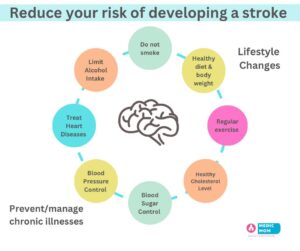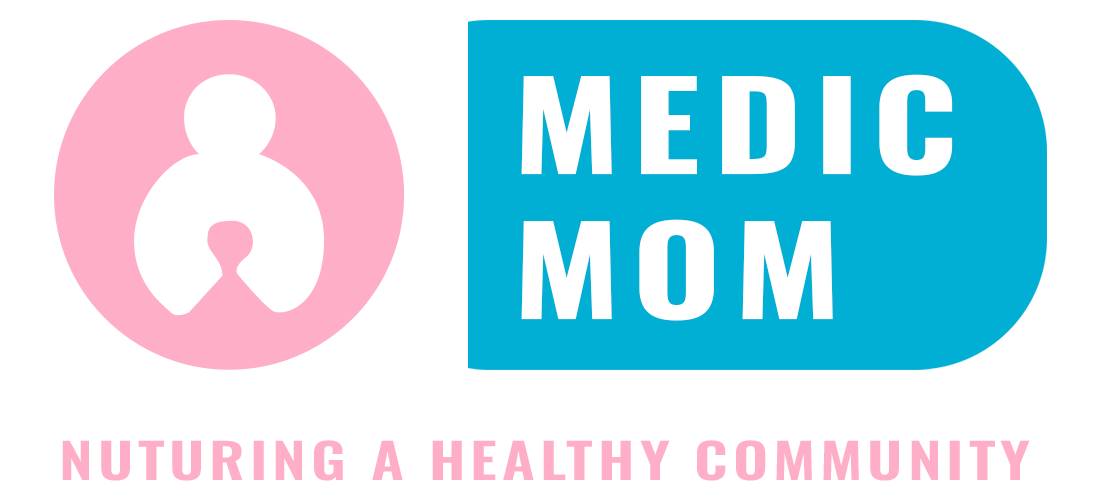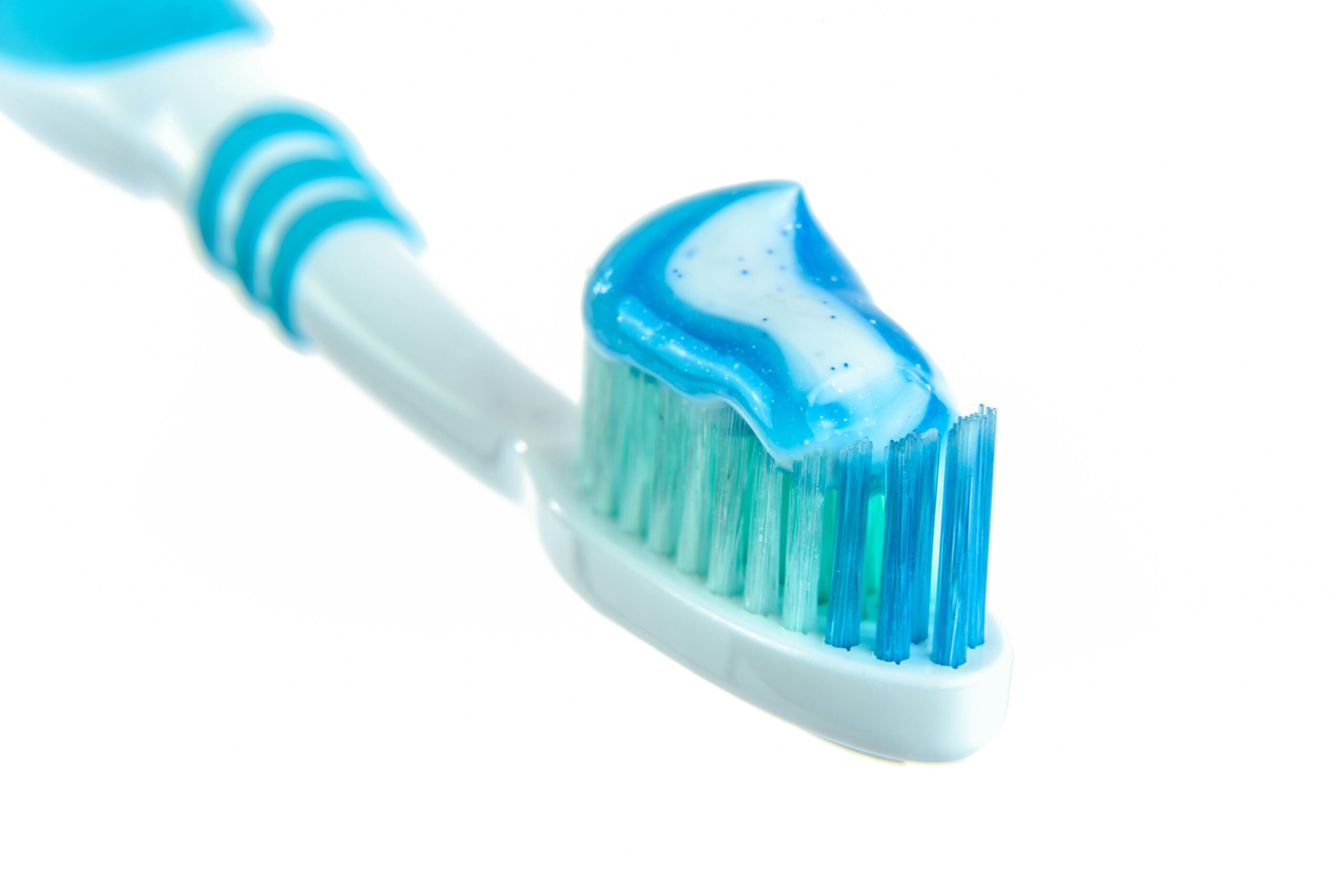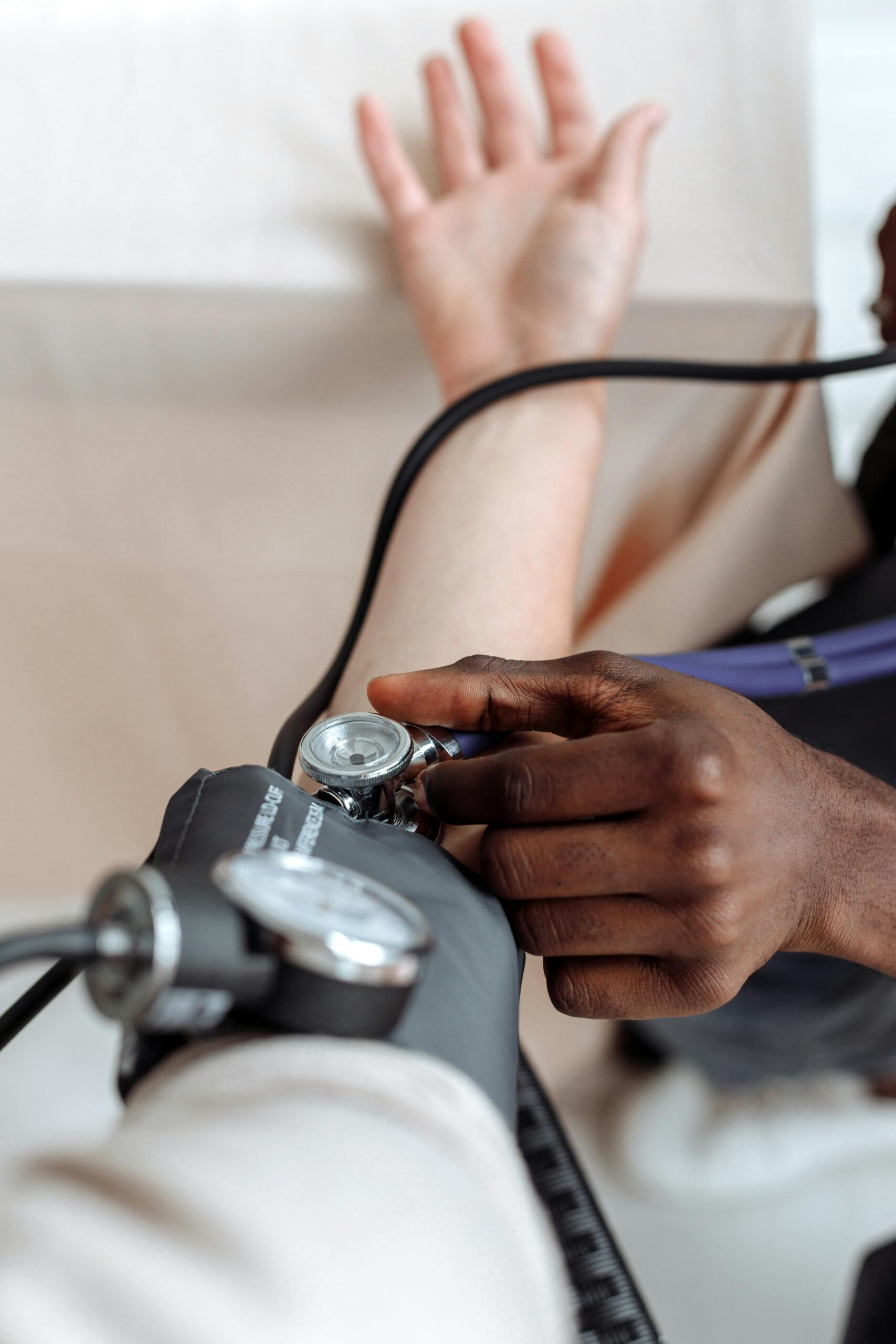Overview
Introduction
Stroke is a medical emergency characterized by the sudden interruption of blood flow to the brain, resulting in potential brain damage. It is a leading cause of disability and death worldwide, making awareness and prompt treatment crucial.
Definition
A stroke occurs when blood supply to a part of the brain is reduced or interrupted, preventing brain tissue from receiving oxygen and nutrients. Without immediate treatment, brain cells begin to die within minutes.
Types
Strokes are primarily classified into two types:
Ischemic Stroke: This type accounts for about 87% of strokes and occurs when a blood vessel supplying blood to the brain is obstructed, typically by a blood clot.
Hemorrhagic Stroke: This occurs when a blood vessel in the brain ruptures, leading to bleeding in or around the brain. Common causes include high blood pressure and aneurysms.
Causes and Risks
Several factors can increase the risk of stroke:
Non-Modifiable Risk Factors: Age (risk increases with age), family history of stroke, and certain genetic conditions.
Modifiable Risk Factors: High blood pressure, diabetes, high cholesterol levels, smoking, obesity, physical inactivity, and excessive alcohol consumption. Additionally, conditions like atrial fibrillation can significantly increase stroke risk due to the formation of clots in the heart.
Diagnosis
Diagnosis of stroke typically involves:
Physical Examination: Assessing neurological function through tests for balance, coordination, strength, and speech.
Imaging Tests:
CT Scan: Quickly identifies whether a stroke is ischemic or hemorrhagic.
MRI: Provides detailed images of brain tissue and can show areas affected by ischemia.
Blood Tests: To assess clotting factors and other relevant parameters.
Treatment
Treatment varies depending on the type of stroke:
Management of Ischemic Stroke
Thrombolytic Therapy: Administering tissue plasminogen activator (tPA) within 4.5 hours from symptom onset can dissolve clots.
Mechanical Thrombectomy: For patients with large vessel occlusions, this procedure can remove clots directly from blocked arteries within 24 hours.
Management of Hemorrhagic Stroke
Blood Pressure Management: Controlling blood pressure is critical to prevent further bleeding.
Surgical Interventions: Procedures such as clipping or coiling an aneurysm may be necessary to stop bleeding
Prognosis
The prognosis after a stroke depends on various factors including the type of stroke, its severity, how quickly treatment was received, and the patient’s overall health. Many individuals experience significant recovery within the first few months post-stroke; however, some may have lasting disabilities requiring ongoing rehabilitation
Coping after a stroke
Life after a stroke often involves rehabilitation to regain lost functions:
Physical Therapy: Helps improve mobility and strength.
Occupational Therapy: Assists with daily activities.
Speech Therapy: Addresses communication difficulties.
Support from family members and healthcare providers plays a crucial role in recovery. Ongoing follow-up care is essential for managing health conditions that may increase the risk of another stroke.
Prevention

Preventing stroke involves addressing modifiable risk factors through lifestyle changes:
Healthy Diet: A diet rich in fruits, vegetables, whole grains, and low in saturated fats can help manage cholesterol levels.
Regular Exercise: Engaging in regular physical activity can help maintain a healthy weight and lower blood pressure.
Avoiding Tobacco: Quitting smoking reduces the risk of stroke significantly.
Managing Health Conditions: Proper management of diabetes, hypertension, and hyperlipidemia through medication and lifestyle changes is essential.





